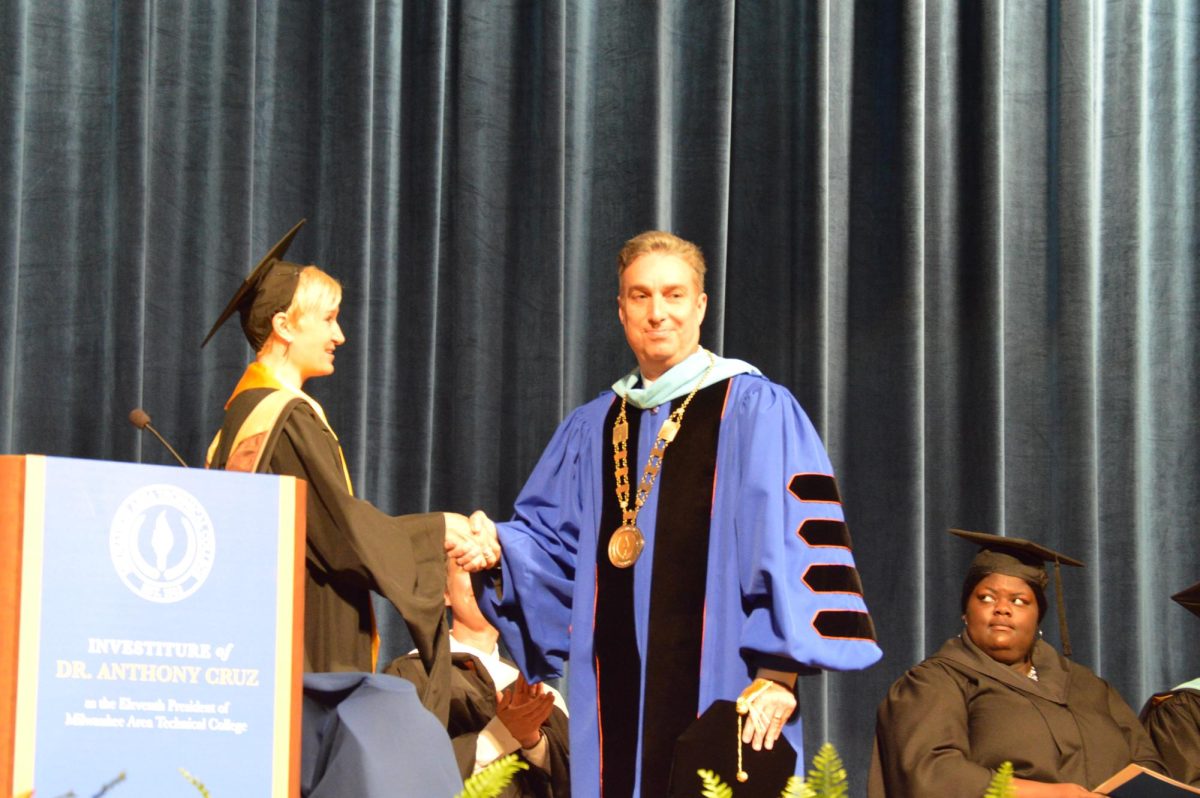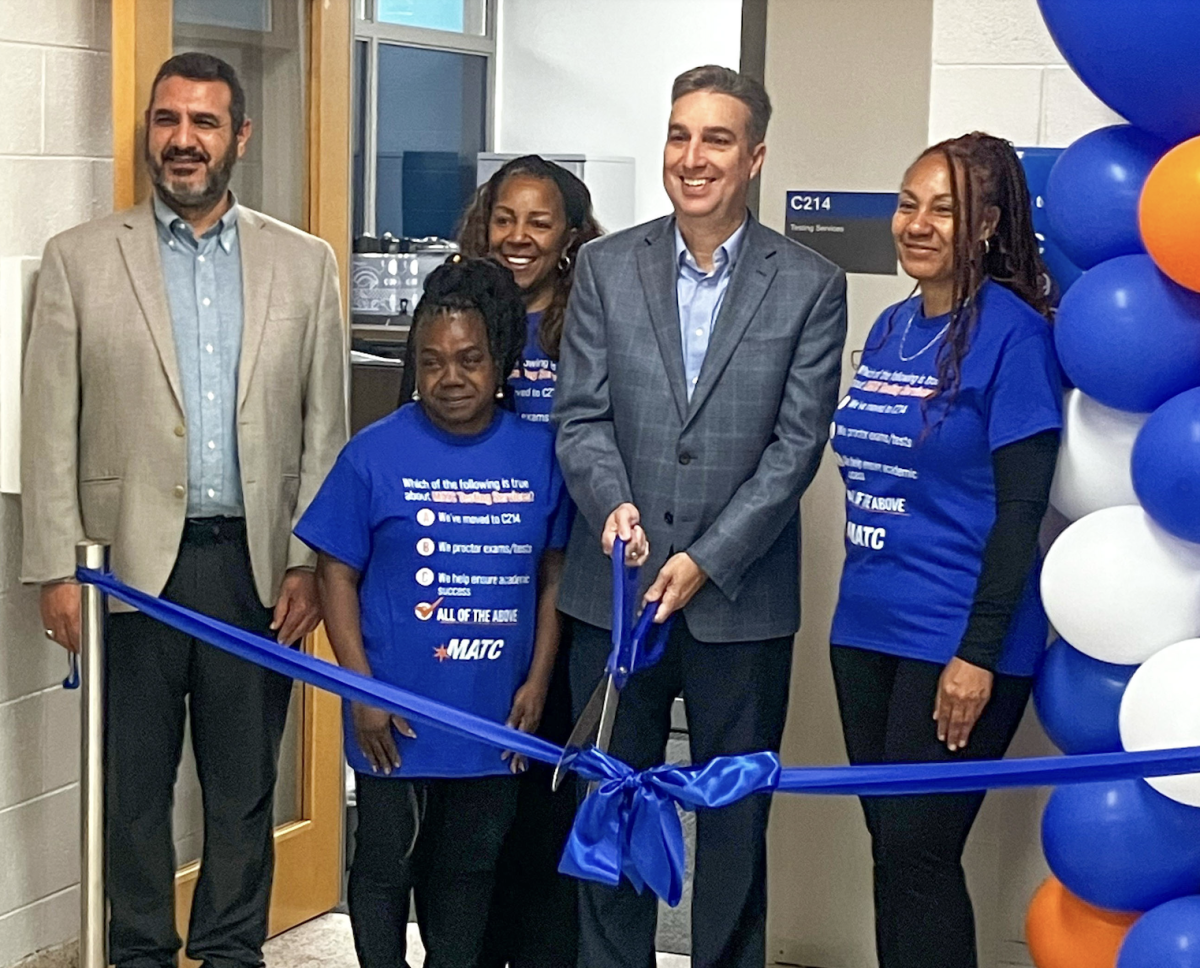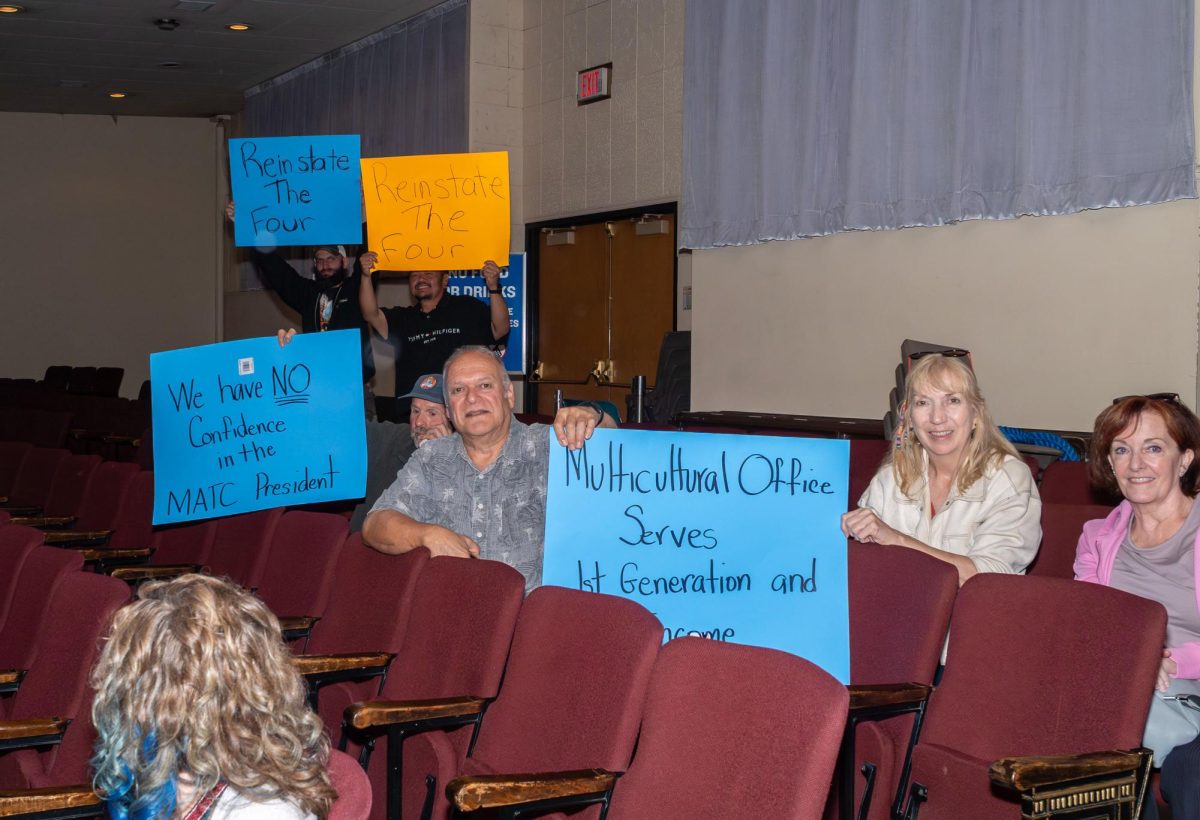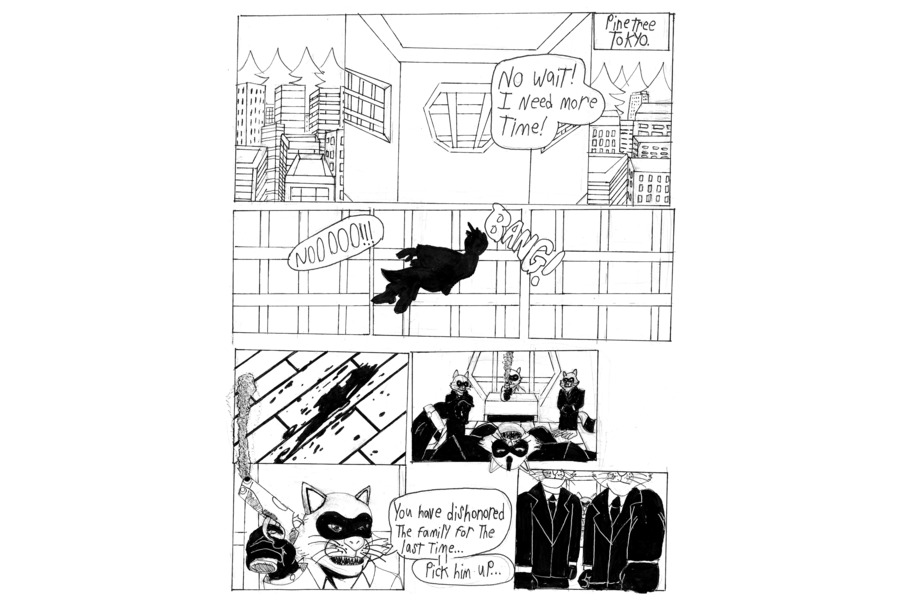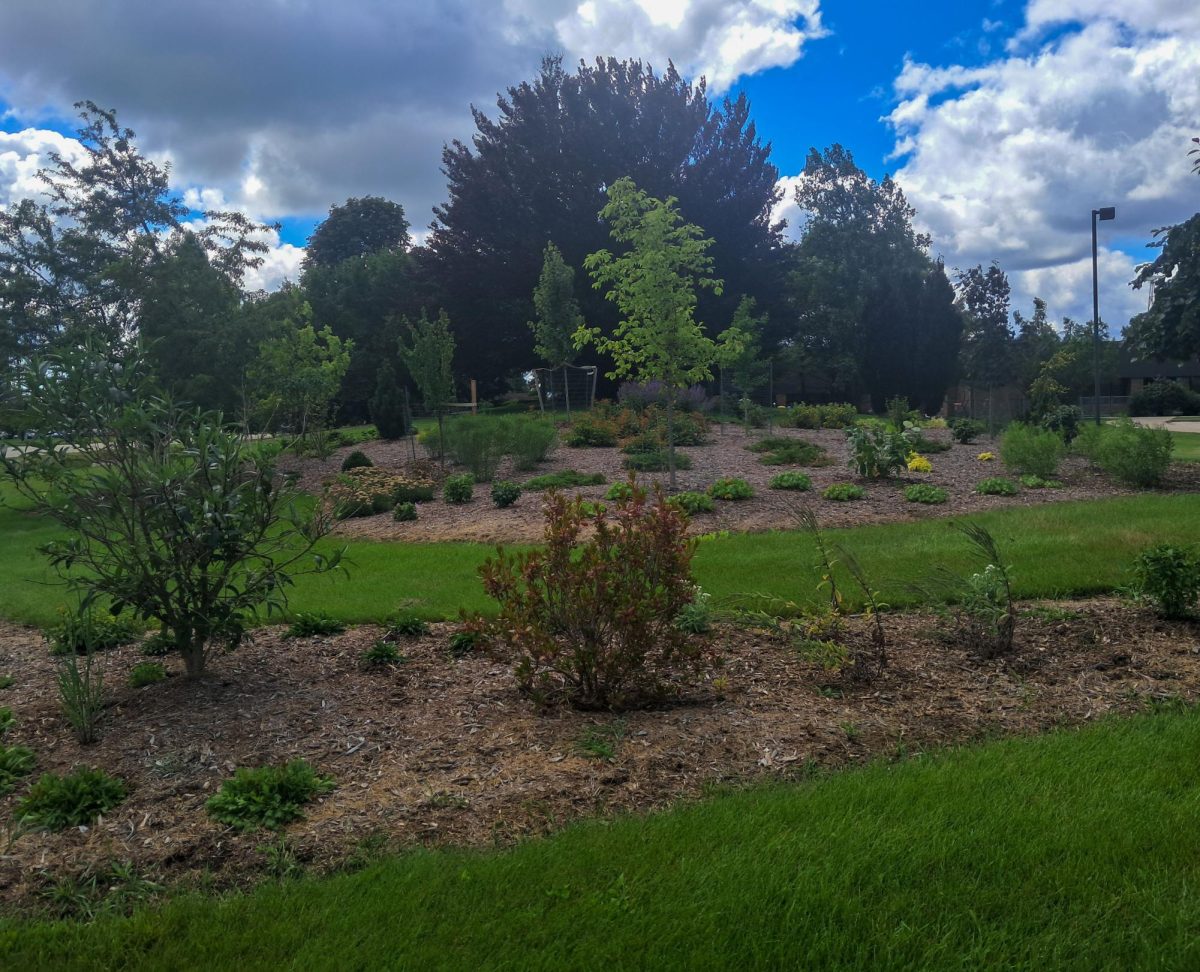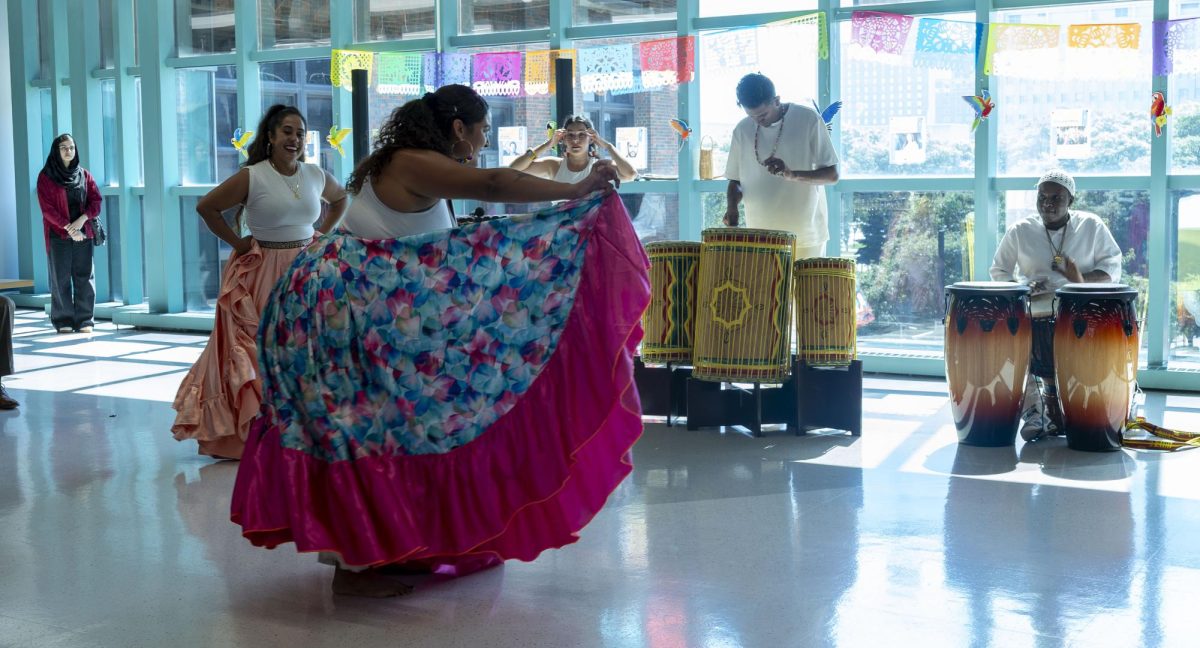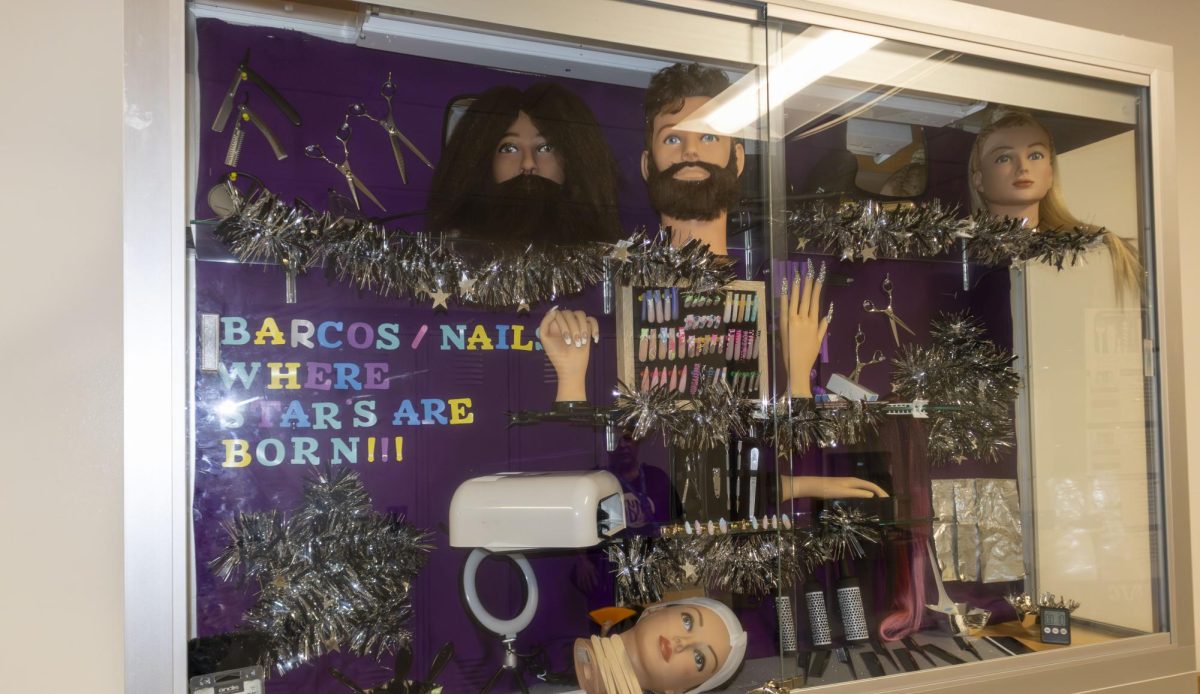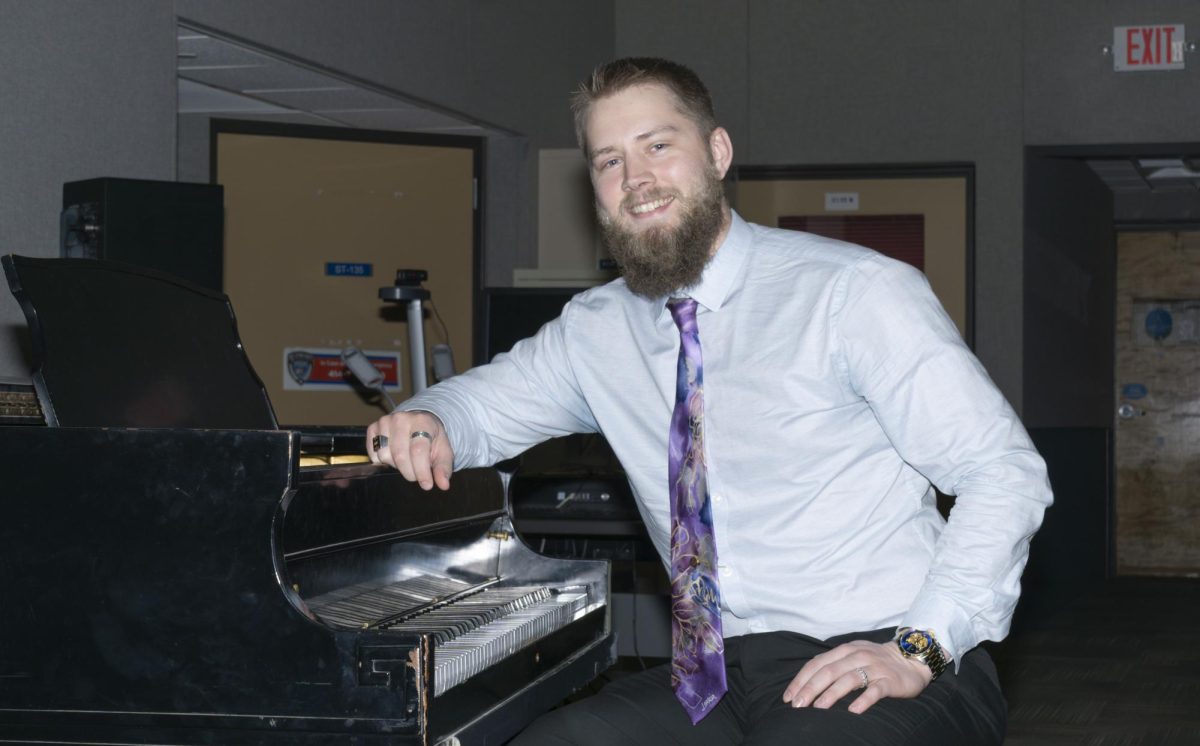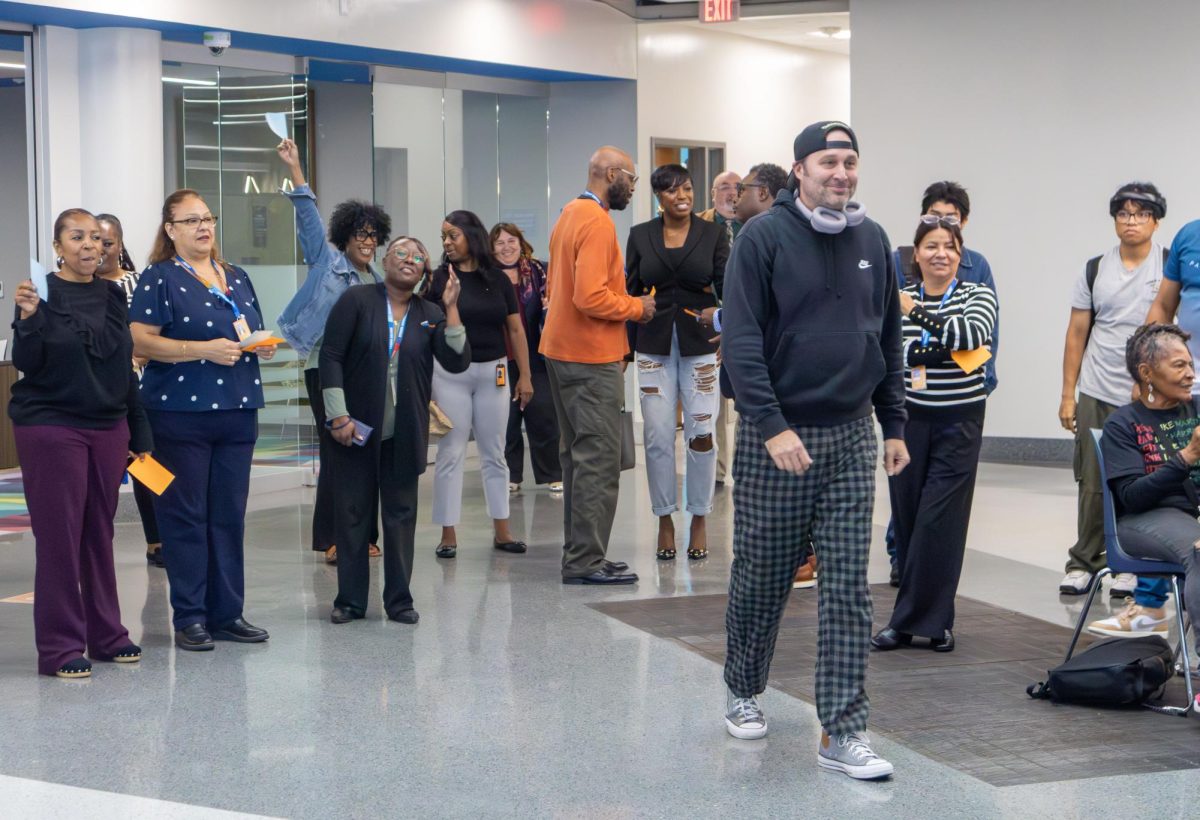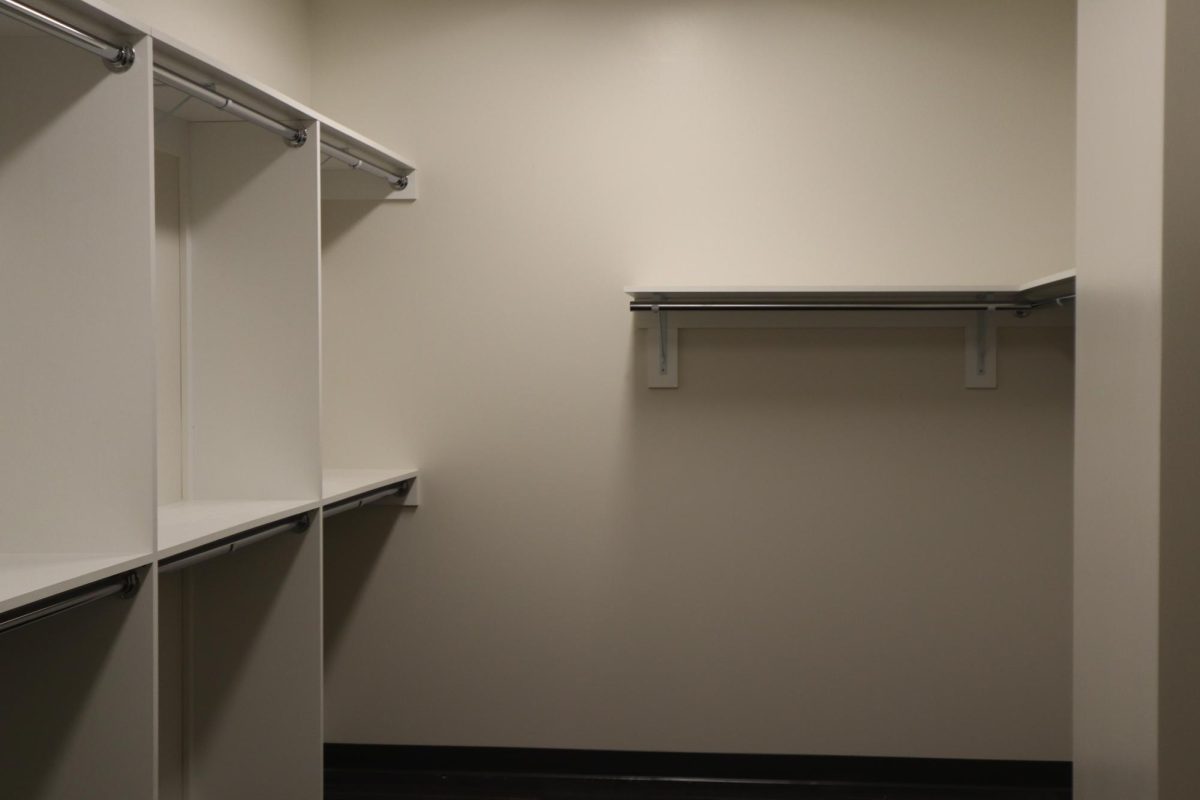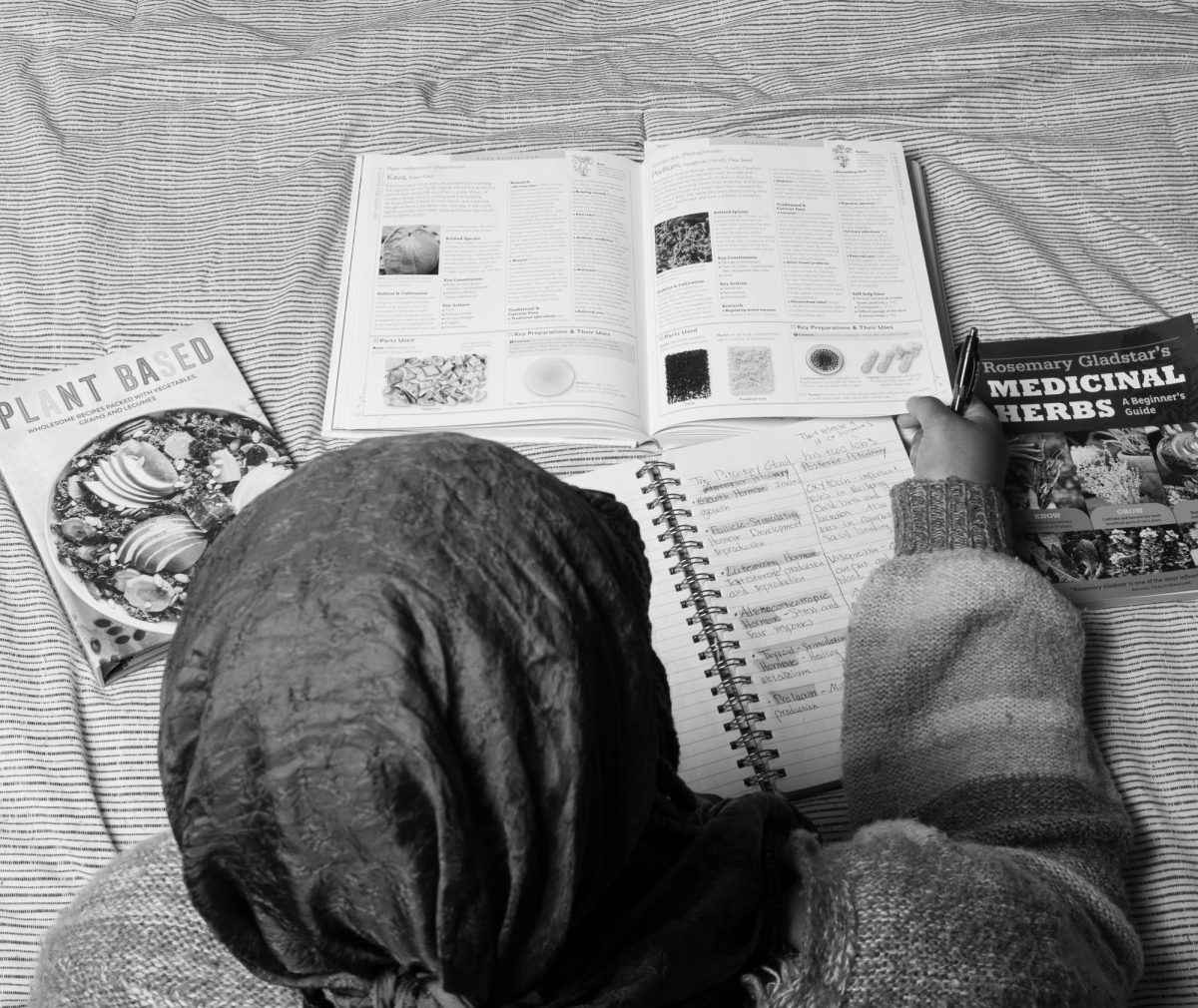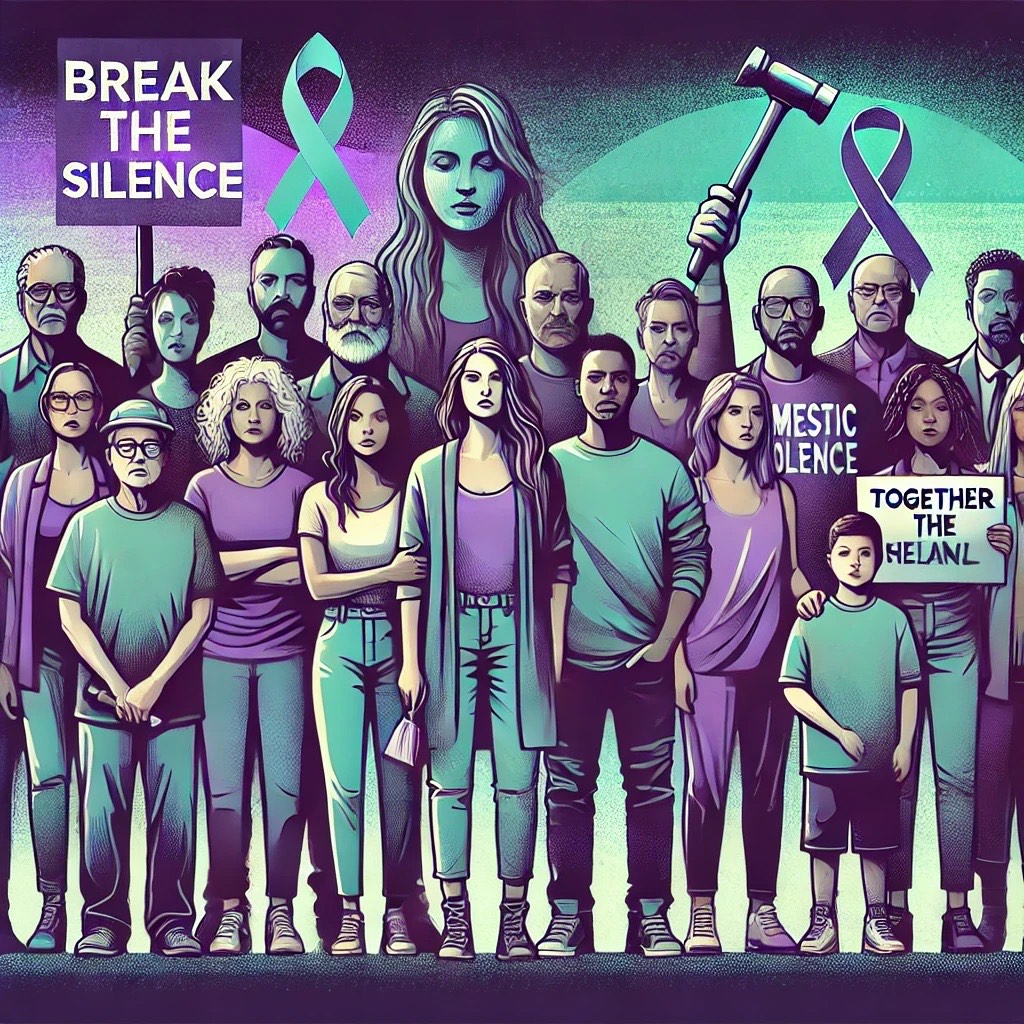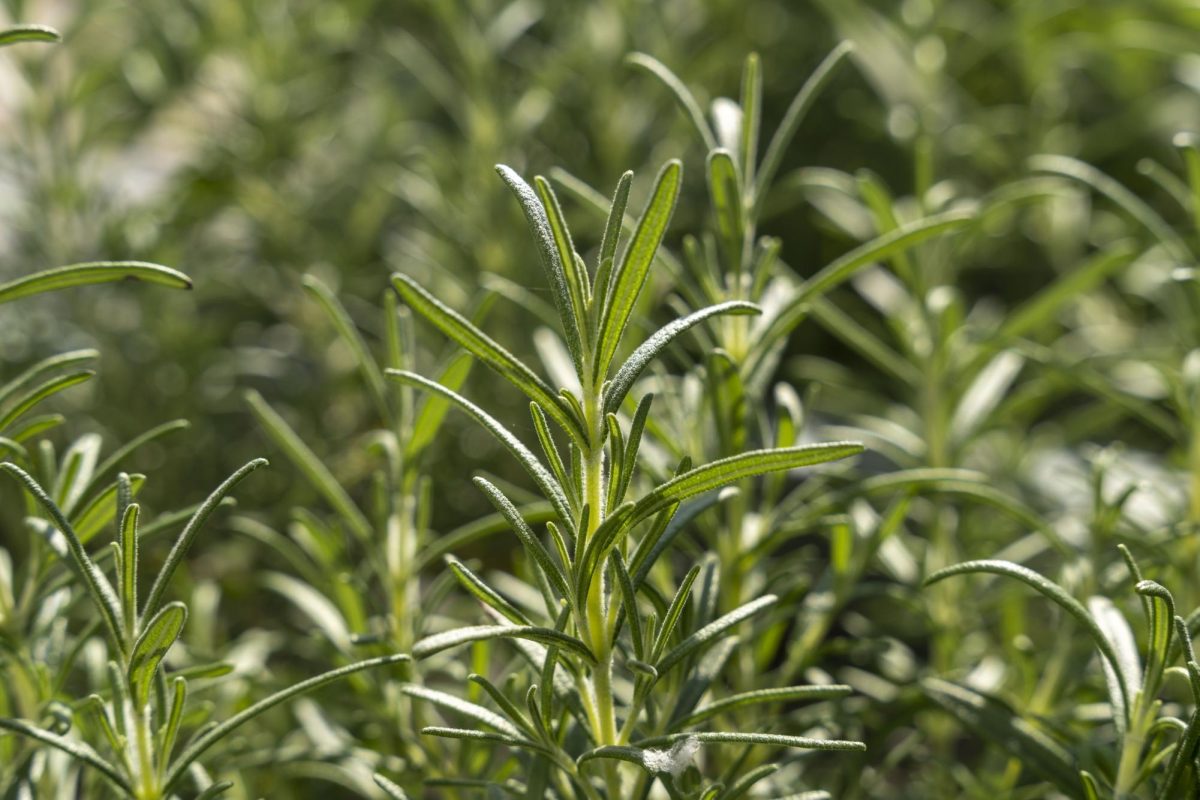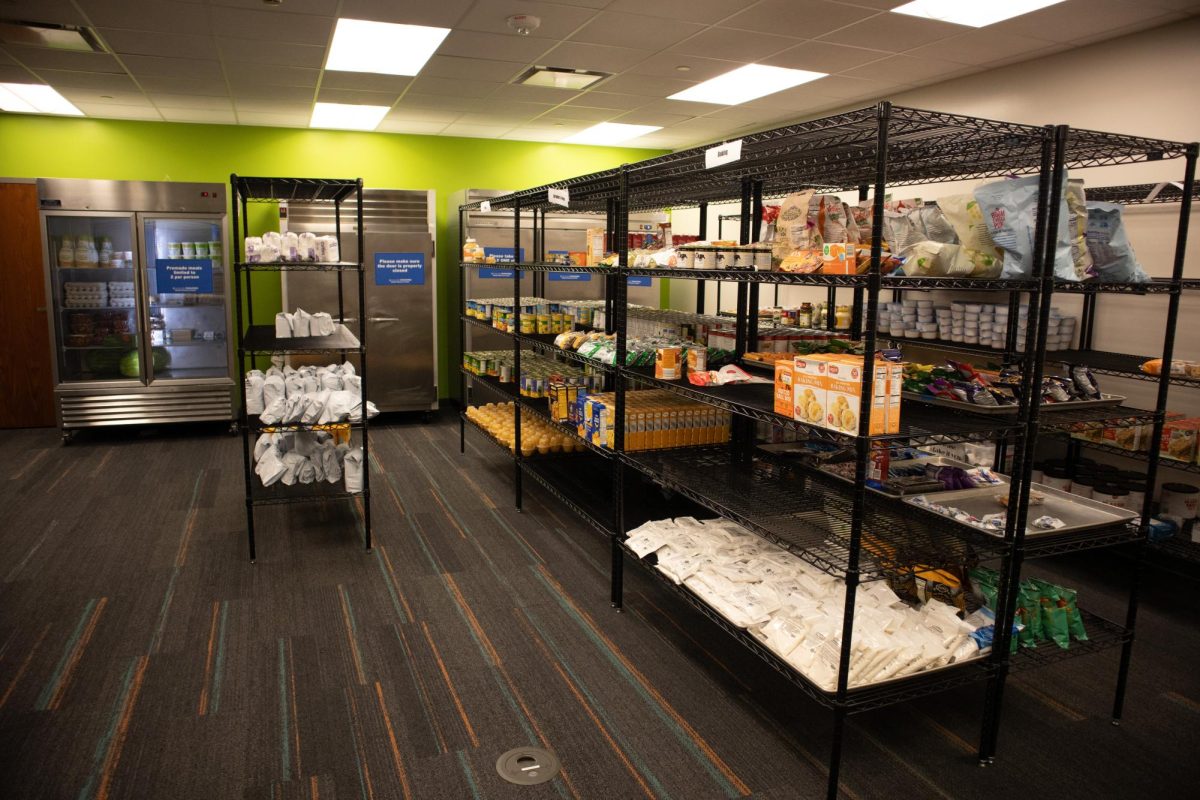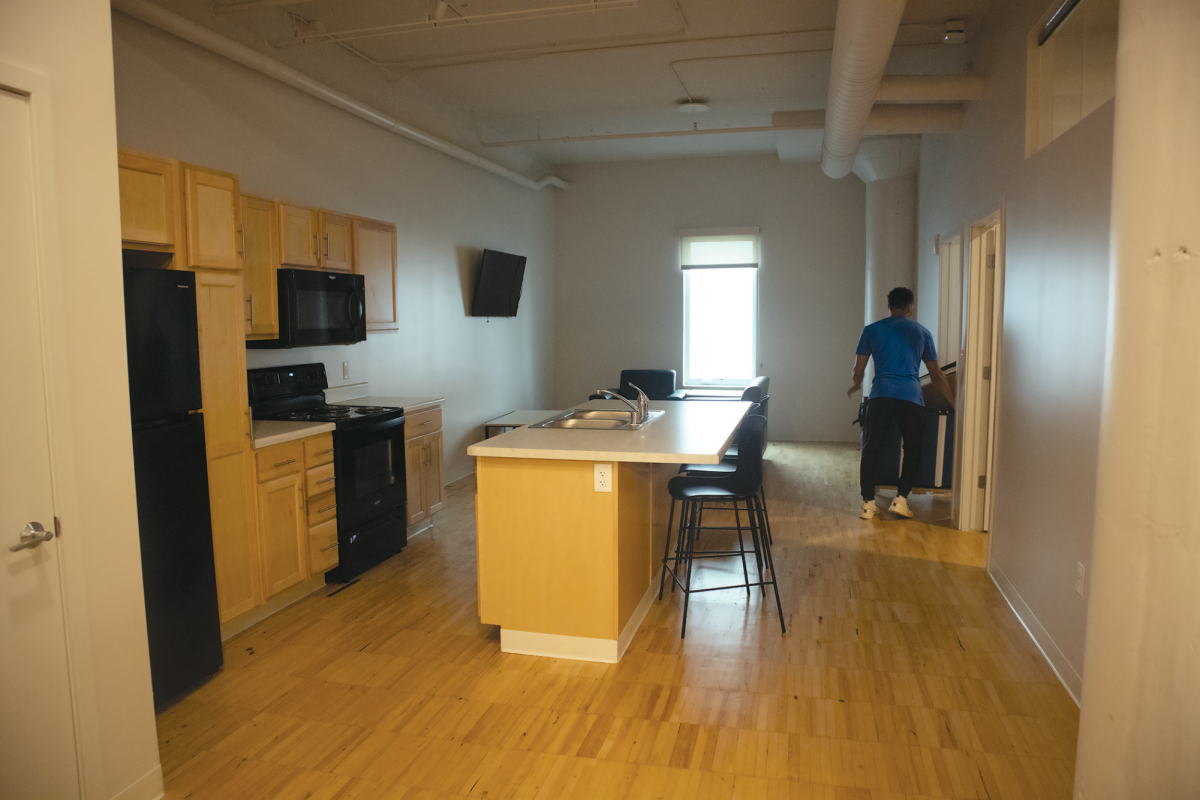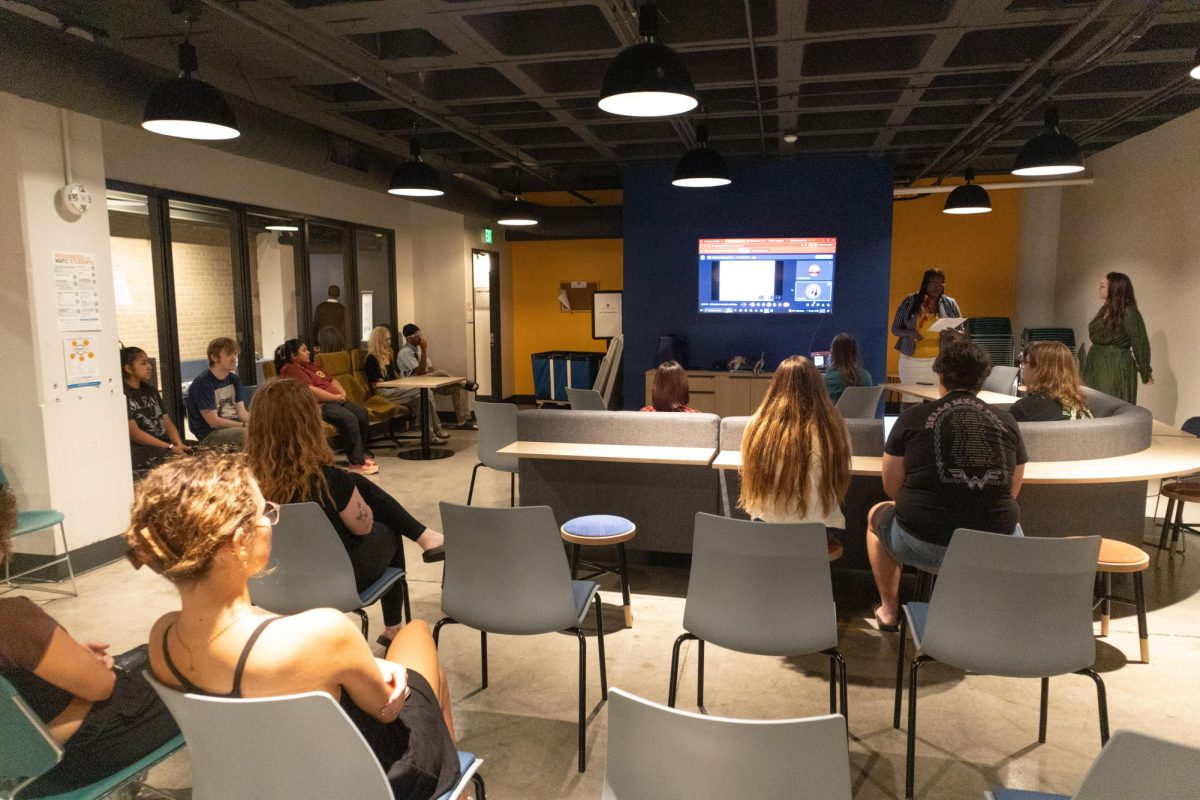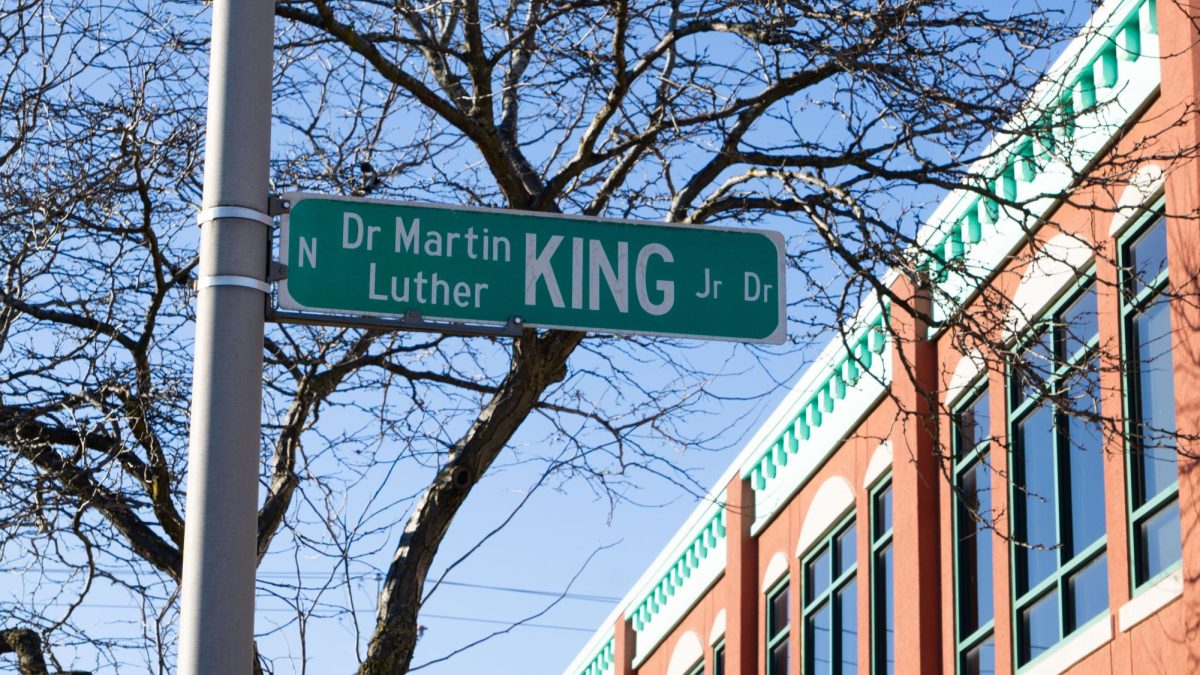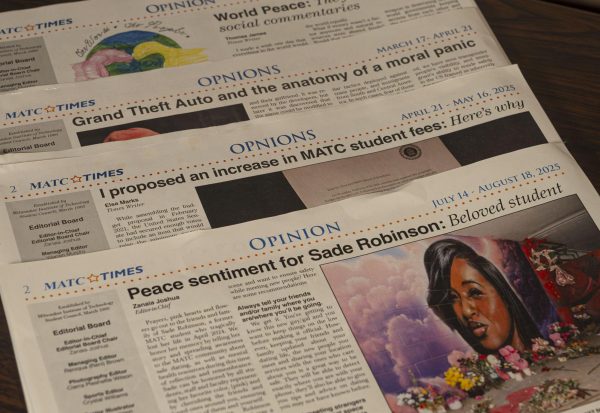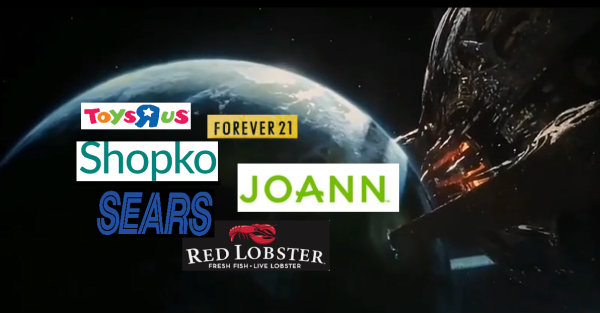Too late to cash in on climate change?
Atmospheric concentrations of carbon dioxide have reached their highest known levels in human history. What’s more, scientists predict that we are on track for doubling current carbon levels within the next 60 years. Is this a change Earth can handle?
As discussions emerge on “global warming,” many authorities predict dire consequences if carbon emissions aren’t drastically reduced in the near future. This may not be enough to mitigate damage, however. Scientists who have spent their careers researching carbon levels in ice cores taken from around the world have observed that since roughly 1850, or the beginning of the Industrial Revolution, carbon levels have been on the rise.
In the 2012 documentary “Chasing Ice,” glaciologist Dr. Tad Pfeffer discusses what ice core samples reveal. “One of the things that we learned is that past temperature and carbon dioxide vary together. They go up together, they go down together. Over the last 800,000 years or so, atmospheric carbon dioxide was never higher than about 280 ppm (parts per million), until we started adding carbon dioxide to the atmosphere.”
Now, carbon levels are at about 400 ppm. These numbers are troubling to scientists because a single molecule of carbon can remain in the atmosphere for 100 years or longer, and as carbon levels rise, so do global temperatures. Weather systems hang in a delicate balance. It takes so little to upset that balance, that a variation of just 1 degree Fahrenheit is enough to change global weather patterns. Since the mid-19th century when we began emitting massive amounts of carbon dioxide, global temperatures have increased by nearly 2 degrees Fahrenheit.
As a result of these warming temperatures, satellite images indicate we are losing approximately 500 billion tons of ice, a rate faster than ever. It may not seem like melting ice from another part of the world has a direct impact on your life, but in fact, it does. Weather patterns become more extreme as the atmosphere is destabilized by fluctuating temperatures. The record-breaking snowfall in New York, drought in California, and increase in severe hurricanes that batter the gulf states can be linked to climate change, according to researchers.
The real threat isn’t coming from the environment. It’s coming from us. As some of the most awe-inspiring formations on the planet, glaciers and ice caps took hundreds of millions of years to develop. It took us only 100 years to begin destroying them. The last time carbon in the atmosphere reached current levels was nearly 20 million years ago. We’re altering the environment in unprecedented ways, changing history, weather, and the very chemistry of the air we breathe.
There is no shortage of climate-change deniers, but hopefully as evidence mounts in support of global warming theories, that will change. The fact is, climate change isn’t happening; it’s already here. If we don’t alter our high-carbon, high-pollution lifestyles drastically, and soon, then it will likely be here to stay.

I look forward to using my position as an Editor for the Times to inspire students to become more aware and active participants in their own education....

